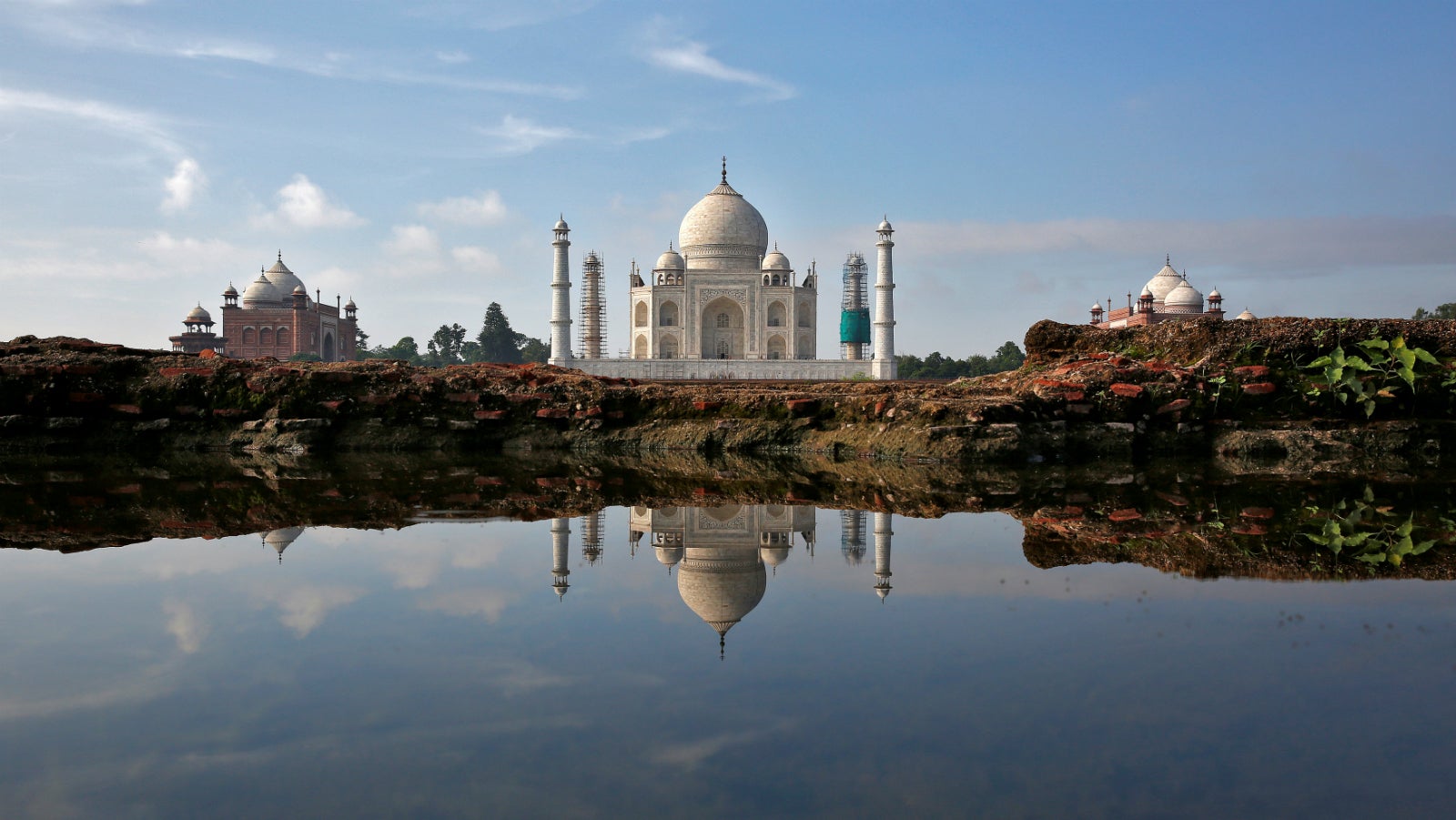Amid a saffron wave, data show that Mughal monuments still rule India
Even in these days of rising Hindu nationalism, the remains of India’s Islamic past are of monumental significance.


Even in these days of rising Hindu nationalism, the remains of India’s Islamic past are of monumental significance.
There is no conjecture here: The Mughals are still the biggest money-spinners on India’s tourism circuit, according to data furnished by the Narendra Modi government (pdf) in parliament on March 20.
Five out of the country’s 10 highest-earning ticketed monuments under the Archaeological Survey of India in 2016 were built by Mughal emperors. And all five monuments that rake in the most ticket money anywhere in India are the handiwork of Islamic rulers in Agra and Delhi.
No surprises here. Of course, the Taj Mahal in Agra leads the pack by a comfortable margin.
Close behind is the Agra Fort, another medieval structure from the neighbourhood, followed by the threesome from India’s capital city. It’s only at the seventh spot that the Sun Temple in Odisha’s Konark breaks the hold of the Agra-Delhi circuit, with the temples of Mamallapuram (Mahabalipuram) in Tamil Nadu further down India’s eastern coast at the eighth position. The cave complex of Ellora in Maharashtra, which contains Buddhist, Hindu, and Jain structures, and the intricately sculpted Hindu and Jain temples of Madhya Pradesh’s Khajuraho bring up the rear.
With foreign tourist arrivals in India growing at a steady clip over the last couple of years (pdf), you’d expect ticket earnings to rise, too. That’s mostly the case, except—surprise—at the Taj.
Here’s the list of the 20 highest-earning monuments in India, and their recent performance (all numbers in Rs crore):